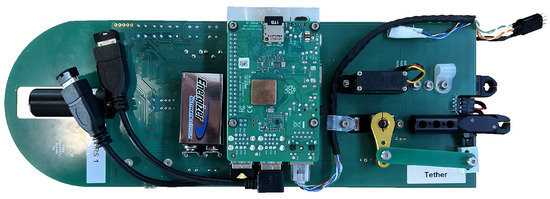4
In April 2023, the superBIT telescope was lifted to the Earth’s stratosphere by a helium-filled super-pressure balloon to acquire astronomical imaging from above (99.5% of) the Earth’s atmosphere. It was launched from New Zealand and then, for 40 days, circumnavigated the globe five times at a latitude 40 to 50 degrees south. Attached to the telescope were four “drs” (Data Recovery System) capsules containing 5 TB solid state data storage, plus a gnss receiver, Iridium transmitter, and parachute. Data from the telescope were copied to these, and two were dropped over Argentina. They drifted 61 km horizontally while they descended 32 km, but we predicted their descent vectors within 2.4 km: in this location, the discrepancy appears irreducible below ∼2 km because of high speed, gusty winds and local topography. The capsules then reported their own locations within a few metres. We recovered the capsules and successfully retrieved all of superBIT’s data despite the telescope itself being later destroyed on landing.
You must log in or register to comment.


